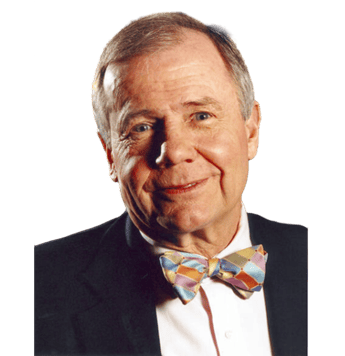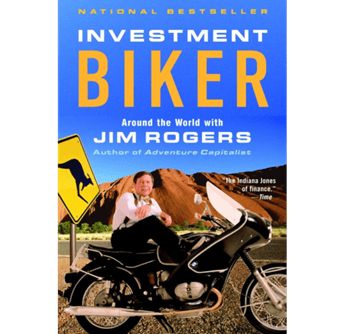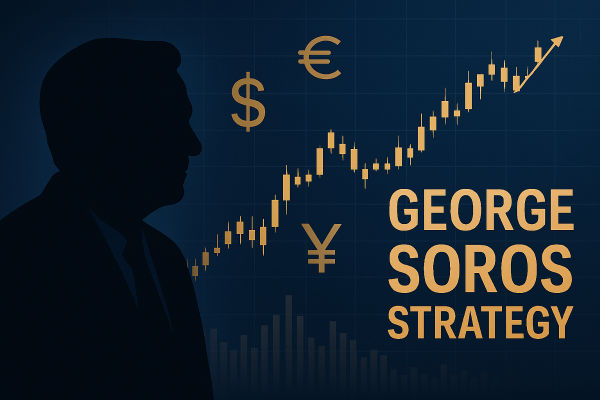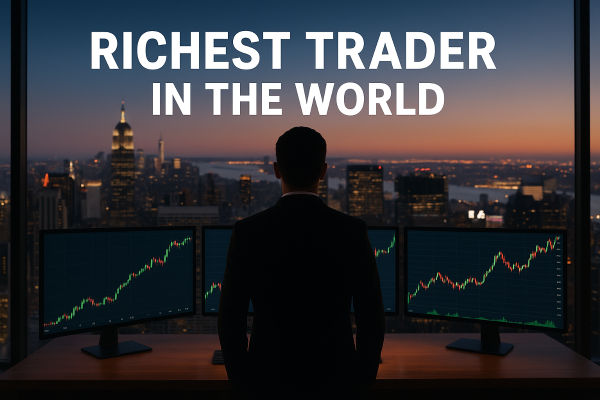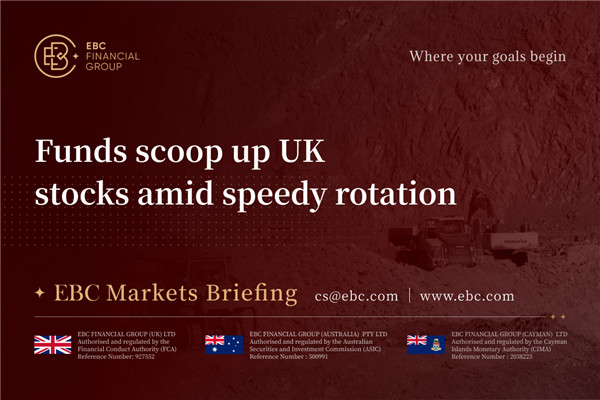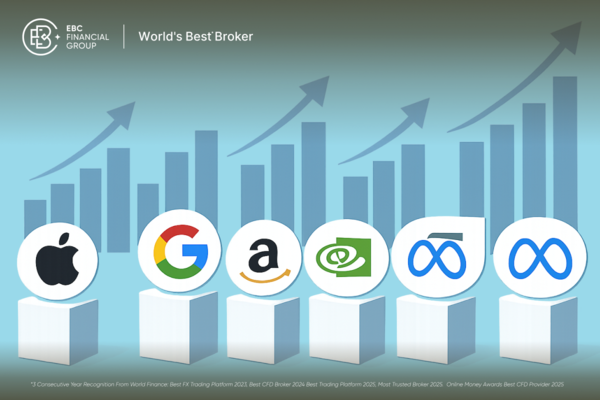
Jim Rogers remains one of the most influential global investors of the past 50 years, celebrated for his contrarian macro style, focus on commodities and emerging markets, and his guiding principle to "invest only in what you understand."
As markets today wrestle with inflation, slowing growth, and mounting debt, Rogers' emphasis on patience, knowledge-based investing, and long-term trend recognition feels particularly relevant.
Below, this article explores Rogers' career, his core investment philosophy, key mantras and rules, strategic themes including commodities and geographic investing.
Jim Rogers: The Legendary Investor Behind Global Macro Success
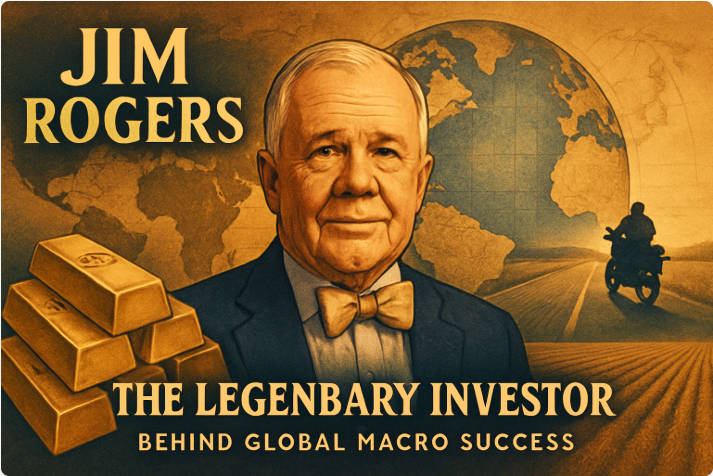
Jim Rogers first rose to prominence as co-founder of the Quantum Fund alongside George Soros in the early 1970s. Between 1973 and 1980. the fund returned approximately 4.200%, compared with a 47% gain for the S&P 500.
By 1980. Rogers had left active hedge fund management, embarking on a global journey by motorcycle to broaden his understanding of the world and markets. Today, he is based in Singapore, underscoring his global rather than US-centric perspective.
For retail investors, Rogers' relevance lies in several key traits:
Willingness to invest beyond conventional equities.
Focus on tangible, real-world assets.
Insistence on understanding investments deeply.
Contrarian mindset that prizes independent thought.
The Jim Rogers Philosophy: Invest in What You Understand
At the heart of Rogers' philosophy are three guiding principles.
First, he advocates contrarian thinking and independent research, encouraging investors to buy when others are fearful and to hold when speculation runs rampant. He actively avoids fads, instead seeking structural shifts, undervalued assets, and overlooked opportunities.
Second, Rogers emphasises long-term trend recognition. He has consistently argued that the largest profits come from spotting multi-decade shifts, whether in the rise of Asia, the scarcity of commodities, or changes in global economic dominance.
A recurring theme in his work is the importance of understanding any investment in depth before committing capital.
Finally, patience is central to his approach. Rogers frequently notes that doing nothing can be the best decision if opportunities are scarce. While "buy low, sell high" may sound simple, correctly identifying cheap assets amid a favourable macro backdrop is far more challenging than it appears.
Core Rules and Mantras for Investors
Rogers has distilled decades of experience into actionable guidance for both professional and retail investors.
Among his most cited rules are to work harder than most, invest only in what you understand, wait for the right opportunities, be willing to hold cash when value is absent, diversify geographically while concentrating within familiar sectors, focus on real assets when appropriate, and never stop learning.
His mantras reinforce these principles: "Buy when things look worst, sell when they look best," "Markets always change; what worked yesterday may not work tomorrow," and "Avoid herd behaviour."
Rogers also notes the practical advantages of patience: "I am lazy but I make money," reflecting his belief in waiting for the right trade rather than chasing trends.
| Key Rule |
Practical Application for Retail Investors |
| Invest only in what you understand |
Research any company or sector until you can explain it simply |
| Wait for the right opportunity |
Maintain cash readiness and avoid forced investments |
| Focus on real assets when appropriate |
Consider commodities, agriculture, or infrastructure only with deep understanding |
Commodities and Real Assets: Rogers' Strategic Playground
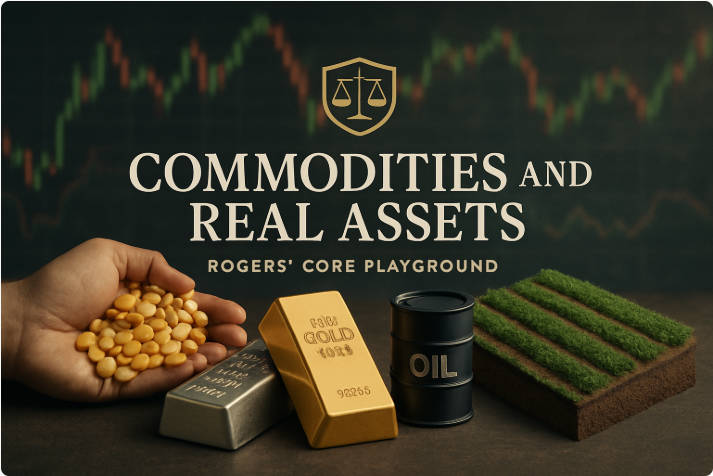
Rogers has long emphasised the importance of tangible, real assets.
He argues that financial markets often detach from tangible goods, making commodities, farmland, infrastructure, and precious metals effective hedges during inflationary periods or structural shifts.
In 2024. for instance, he publicly preferred silver over gold, citing inflationary pressures and excessive monetary supply.
Historically, Rogers highlighted agriculture and energy as underappreciated sectors, and with today's global debt levels and supply-chain fragilities, these recommendations remain pertinent.
Retail investors can implement his ideas by allocating a small portion of their portfolios (around 5–10%) to commodities or real-asset exposure via ETFs, physical holdings, or company shares, always ensuring they understand the underlying business.
Monitoring macro indicators such as inflation rates, production constraints, and geopolitical risks is crucial for informed participation.
Geographic Investing: Spotting Opportunity Worldwide
Rogers' approach to international markets hinges on evaluating structural shifts, including demographics, education, commodity dependence, political stability, debt, and institutional quality. He cautions against investing based purely on optimism, famously noting that "one cannot invest based on hope."
China benefited early from his attention to long-term growth potential, while he has expressed interest in less conventional markets like Uzbekistan, though practical access can be challenging. He advises caution with developed markets burdened by debt and complacency.
For retail investors, the takeaway is to diversify internationally, understanding the cultural, political, and economic context of target countries, and using country-specific ETFs or global funds when direct exposure is impractical.
Translating Jim Rogers' Wisdom into Portfolios
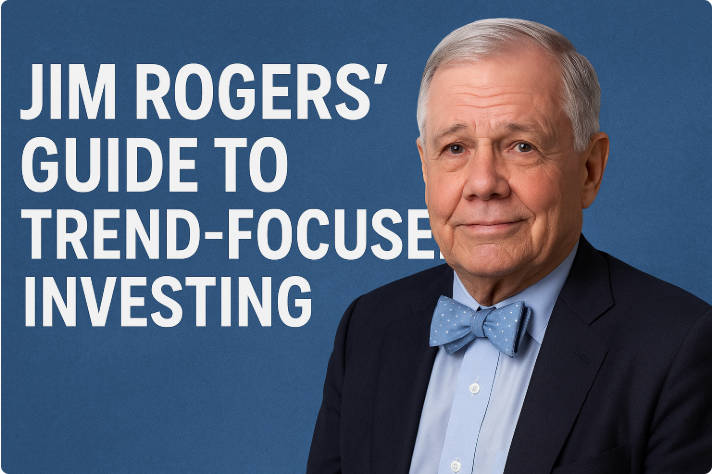
A Rogers-inspired portfolio typically combines a core equity allocation in familiar companies or markets with a real-asset tilt of 5–15%, international diversification, and a cash buffer to capitalise on opportunities as they arise.
Monitoring triggers such as commodity supply-demand imbalances, producer costs, country debt levels, and market sentiment is essential.
Avoid common pitfalls, including chasing short-term momentum, over-diversification that dilutes conviction, and investing in unfamiliar assets merely because they appear trendy.
Case Studies: Lessons from Success and Failure
Rogers' track record includes prescient bets on China and the commodities boom, alongside cautious moves such as exiting most US stocks in 2025 to hold cash, gold, and silver amid rising global debt and market exuberance.
His preference for silver over gold highlights his emphasis on tangible assets during economic uncertainty.
The overarching lessons for investors are that trend identification, readiness to act or remain in cash, and strategic international and commodity exposure provide resilience and non-correlated return potential.
Frequently Asked Questions
Q1: How does Rogers' style differ from other famous investors?
A: He focuses on macro trends, commodities, geography, and real assets rather than value investing or short-term trading.
Q2: Are commodities still a viable investment?
A: Yes. Rogers cites scarcity, inflation, and global debt as enduring drivers supporting commodity exposure.
Q3: How much diversification is ideal?
A: Diversify across countries and asset classes, but maintain focus on areas you understand deeply.
Q4: Can retail investors adopt Rogers' global macro approach?
A: Yes, by prioritising familiar investments, using ETFs or global stocks, adding light commodity exposure, and maintaining cash readiness.
Q5: What are Rogers' key warnings for today's markets?
A: He notes that when "everyone is making money, I get worried," citing high global debt, surplus liquidity, and overvalued assets.
Conclusion
Rogers' principles—invest only in what you know, focus on structural trends, leverage commodities and real assets, exercise patience, and understand global markets—remain as relevant today as ever.
In an era of inflationary pressures, supply constraints, and shifting geopolitical power, adopting a Rogers-inspired mindset means staying curious, conducting thorough research, waiting for the right opportunity, and resisting herd behaviour.
Beyond his legendary returns, Jim Rogers offers a practical, disciplined framework for navigating the complexities of the 2020s global market.
Disclaimer: This material is for general information purposes only and is not intended as (and should not be considered to be) financial, investment or other advice on which reliance should be placed. No opinion given in the material constitutes a recommendation by EBC or the author that any particular investment, security, transaction or investment strategy is suitable for any specific person.
